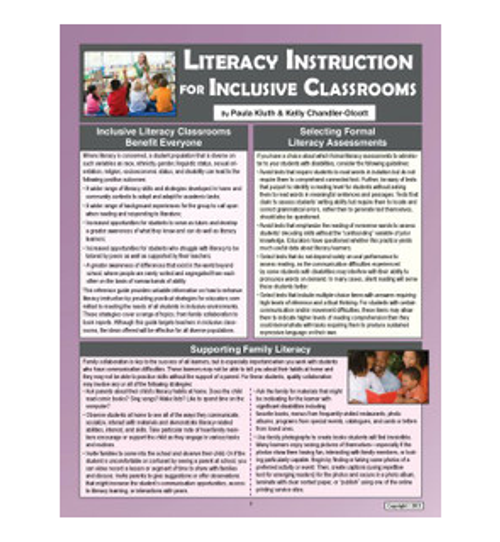Product Overview
Even a time when many students are learning from home, schools must remain focused on the goal of inclusion. Distance learning presents many challenges, but it also offers unique opportunities. In some ways, classrooms can be more accessible in this format; students can “enter” and “exit” online classes in ways that work best for them and take different types of breaks (e.g., stand to learn, shut off the camera) as needed. They can also respond to teacher questions and prompts in a variety of ways (e.g., verbally, by typing responses into chat boxes, by holding pictures or objects up to the webcam) and access lessons by listening, interacting with peers, or viewing related materials (e.g., teacher-created videos) asynchronously. Further, as this book describes, there is no shortage of ways students can connect to peers in virtual classrooms.
In All In: 18 Ways to Create Inclusive Virtual Classrooms, acclaimed author Paula Kluth does not simply examine what is possible in e-learning. Rather, she offers a guide and a starting point for discussion and planning, not only for teaching in virtual spaces, but for considering how to bring the learning we acquire in this format back to face-to-face classrooms. This book features stories from parents, community members, administrators, and teachers, as well as tips for making inclusion work for students of all ages. Pick one idea or try them all. Read it, share it, and pass it on.







